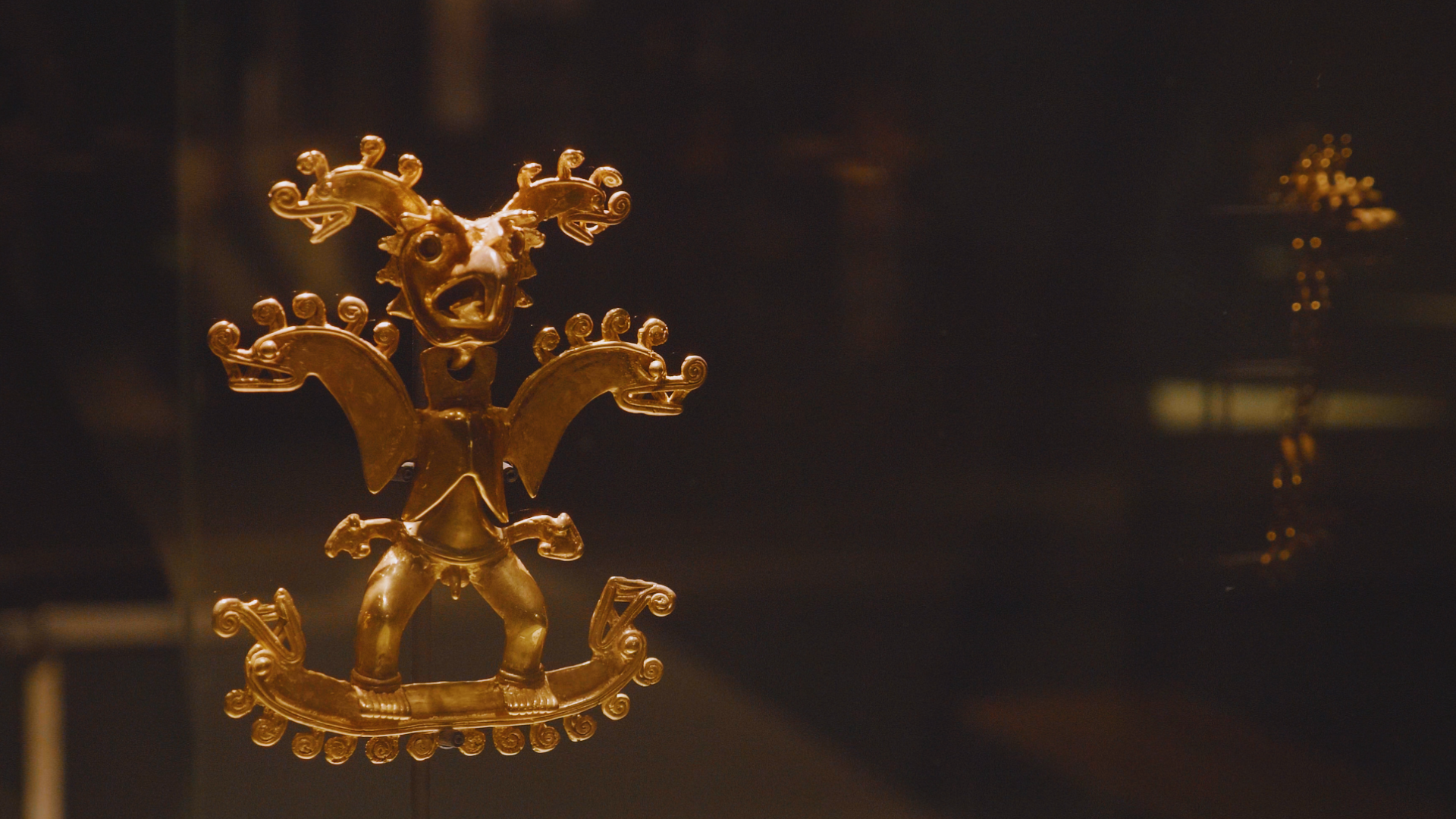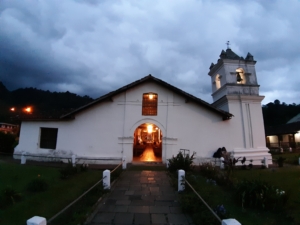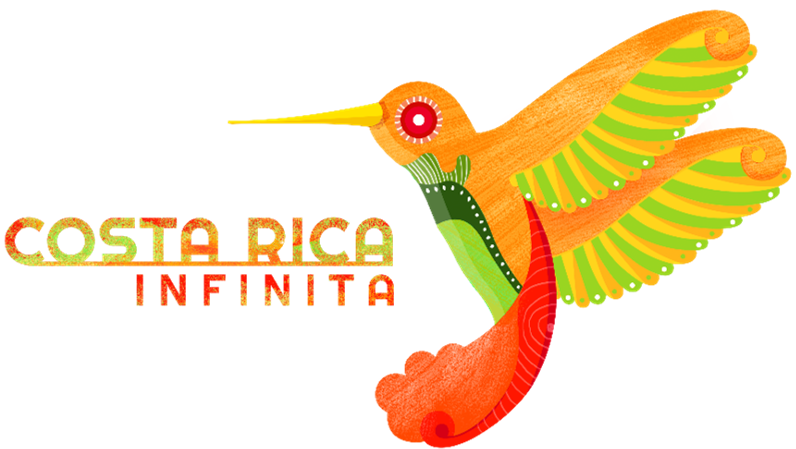
Costa Rica, a little-known history to discover
A small country in Central America, Costa Rica does not have the worldwide fame of other Latin American nations. Known above all for its magnificent nature, its history is nevertheless fascinating in more ways than one, and we invite you to take a journey through time to discover the most significant eras and sites of this country and its little-known treasures…
The dates of the first settlement of Costa Rica, like that of the American continent in general, remains a mystery and subject to debate among archaeologists, between 15,000 and 30,000 a.c.
On the other hand, the ancient era left many more traces that we can still appreciate today. The site of the ‘Monumento Nacional de Guayabo’ where terraces bear witness to the agricultural techniques mastered in the territory for thousands of years (especially corn, but also beans, cassava, cocoa, etc.) is considered the oldest in the country. But the most spectacular and world-renowned archaeological treasure is that of the ‘megalithic spheres of Diquis’, huge balls of perfectly spherical cut stone. Located in the southern region near the village of Palma Sur, it is an unmissable stop on the road to Corcovado National Park

These cultures have a strong ‘chibcha’ influence, peoples coming from present-day Colombia, and the superb goldsmithery pieces which come from them and which are in the gold museum (museo del oro) in San José bear witness to this heritage. The Bribri people, currently the most important indigenous people of Costa Rica, are the heir of these ‘chibcha’ peoples

In the north of the country, in the region of Nicoya (named after the ancient pre-Columbian Kingdom of Nicoya), populated by peoples from the south of present-day Mexico, archeology shows us, on the contrary, a very strong Meso-American influence, with very refined pottery and jade pieces with strong resemblances to those found in Aztec and Mayan cultures (we recommend the ‘Museo del Jade’ in San José, one of the most beautiful in the country). Costa Rica is therefore in its history as in its geography, like a link between North America and South America, a cultural bridge since always.
The Spaniards, and in the first place Christopher Columbus, arrived in Costa Rica in 1502 and named the country thus because of the promises of wealth and the generosity of the inhabitants of the Caribbean coast towards Columbus. But despite this enchanting name (which can be translated as the ‘rich coast’, the ‘beautiful coast’ or the ‘generous coast’), during the colony it was a country somewhat neglected by the kingdom and the central authorities located in the Guatemala. Colonial buildings are also quite rare in the country today, but the ruins of Ujarras or the churches of Orosi and San Blas de Nicoya remind us of the importance of the colonization of evangelization in this largely Christian country. .

But it is really after the independence of the country (1823 / 1840) that the country takes off. Definitely protected from recolonization after the victory of the country and its Central American neighbors over the mercenary slaver William Walker, a victory commemorated on the site of the Hacienda de Santa Rosa (near the national park of the same name), it is above all politics of the massive export of coffee which allows the rapid modernization of the country. Railways, ports and above all marvels of architecture were built, which can be admired today, for example, in downtown San José (Teatro Nacional, Edificio Metalico, etc.).

After coffee, it was the large-scale introduction of banana cultivation at the beginning of the 20th century that brought about another major development in the country’s history. The Costa Rican government negotiates with American railroad entrepreneur Minor Cooper Keith for British debt relief and continued railroad work in exchange for huge agricultural concessions. Thus will be born the famous United Fruit Company and the banana republics of the Caribbean, controlled economically and politically by the United States through the company and the American government. It is the time of ‘Mamita Yunai’, the ‘United mom’, who will influence the history of the country through architecture as evidenced by the typical banana villages with wooden houses sometimes on stilts (Quepos, Golfito… ) and the pretty buildings of Puntarenas (Old Port Authority, Old Customs House, Casa Fait, etc.), one of the main export ports which rose to fame thanks to coffee and bananas. The banana and the railway that allows it to be exported will attract many migrants to the country, Europeans, Chinese and Jamaicans then come to diversify the country’s population.

Finally, it was in the 1940s that one of the key moments in the country’s history emerged. In the throes of turmoil due to economic crises and massive strikes by workers, the country then embarked on major social reforms, known today as the ‘social guarantees’ (an important square even bears this name in San José ), which allowed a series of reforms unique in its time on the Latin American continent, favorable to the working classes (holidays, right to strike, etc.) and consolidating the role of the State (university, social security, etc.). The civil war of 1948 followed, which finally led to the victory of the national figure of José Figueres Ferrer, but also and above all to a national union of conservatives, liberals and communists, which reinforced the social rights previously acquired but especially on a key measure which has become a source of national pride and a dream for pacifism in the world: the abolition of the army.
Since then, the country has enjoyed a reputation that the entire subcontinent envies: nicknamed the Switzerland of Central America, Costa Rica is a unique, relatively prosperous and relatively Latin country, the country is today one of the most developed and one of the most stable in the region, and still at the forefront of avant-garde reforms (pacifism, protection of the environment, of minorities, etc.) from which humanity can still draw inspiration for the 21st century.
